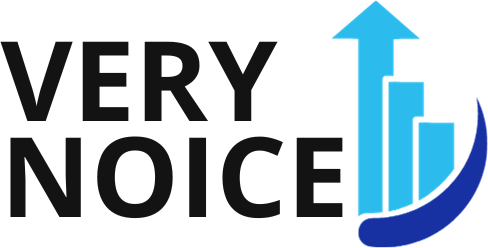In a nutshell, retargeting is a form of online advertising that allows you to target people who have already visited your website. It works by placing a cookie on the user’s computer, allowing you to show them relevant ads as they browse the web.
Suppose you own an online platform that sells heavy construction equipment to budding business owners. A potential customer comes to your site, browses around for a while, but doesn’t make a purchase yet. With retargeting, you can show them ads for your track loaders for sale the next time they’re on a construction site.
Retargeting allows you to keep your business top of mind and increase the chances that they’ll come back to your site and make a purchase. Of course, this is just a basic example — you can get much more sophisticated with your retargeting campaigns.
The Benefits of Retargeting
If you’re still not convinced that retargeting is worth your time and effort, consider the following benefits:
Benefit #1 It’s an effective way to increase sales and conversions
Retargeting has been shown to be an effective way to increase sales and conversions. In fact, retargeted ads are 70% more likely to convert customers than regular display ads.
Benefit #2 It’s a great way to keep your brand top of mind
When people see your ads multiple times, it can help to keep your brand top of mind. This is especially true if you have a complex product or service that people need to think about before purchasing.
Benefit #3 It can be used to target specific products or services
With retargeting, you can target people who have shown an interest in a particular product or service. This allows you to focus your marketing efforts on people who are more likely to be interested in what you have to offer.
Benefit #4 It’s a relatively low-cost form of advertising
Retargeting is a relatively low-cost form of advertising, especially compared to other forms of online advertising like Google Ads. This is because you’re only paying for ads shown to people who have already expressed an interest in your products or services.
Debunking Common Myths About Retargeting
One of the biggest reasons you’re hesitating to consider retargeting may be the disinformation surrounding it. So, here’s a look at some of the most common myths about retargeting to set the record straight.
Myth #1 Retargeting is only for big businesses
One common myth about retargeting is that it’s only for big businesses. This simply isn’t true — retargeting can be an effective way for businesses of all sizes to increase sales and conversions because it’s such a targeted form of advertising.
Myth #2 Retargeting is only effective for short-term sales
While retargeting can effectively boost short-term sales, you can also use it to achieve long-term objectives like brand awareness and customer loyalty. So, don’t write off retargeting just because you’re not looking for a quick fix.
Myth #3 Retargeting is annoying
People generally don’t find retargeting ads annoying, especially if the ads are relevant to their interests. Many people appreciate seeing ads for products or services that they’re actually interested in.
Myth #4 Retargeting is only effective for online sales
Retargeting can be an effective way to increase online sales, but you can also use it to drive offline sales. For example, you could use retargeting to show ads for a brick-and-mortar store location near the user, which could lead to them visiting your store and making a purchase.
How to Avoid the Pitfalls of Retargeting
There are a few potential pitfalls that can make retargeting less effective, including:
Pitfall #1 Not excluding people who have already converted
One potential pitfall is not excluding people who have already converted from your retargeting campaigns. This can result in wasted ad spend and potentially annoy your customers since they still see ads for a product or service they’ve already purchased.
Pitfall #2 Not using relevant and targeted ads
Another potential pitfall is not using relevant and targeted ads. If your ads do not apply to the people you’re targeting, they’re less likely to click on them. Plus, you might drive away potential customers if they see too many irrelevant ads from you.
Pitfall #3 Not tracking effectively
If you’re not tracking your retargeting campaigns effectively, you won’t be able to tell if they’re successful or not. That’s why you must ensure you’re tracking key metrics like click-through rate (CTR) and conversion rate to optimize your campaigns for success.
Pitfall #4 Not testing and optimizing
Finally, another potential pitfall is not testing and optimizing your campaigns. Without testing and optimization, you won’t be able to improve the performance of your retargeting campaigns over time since you won’t know what’s working and what isn’t.
The Future of Retargeting
Retargeting is an effective way to increase sales and conversions, and it’s only going to become more prevalent in the future. You can expect to see more companies retargeting when they realize the benefits it offers.
As technology advances, you can expect to see more sophisticated and targeted retargeting campaigns. So, if you have yet to incorporate retargeting into your marketing strategy, now is the time to take the leap of faith!


